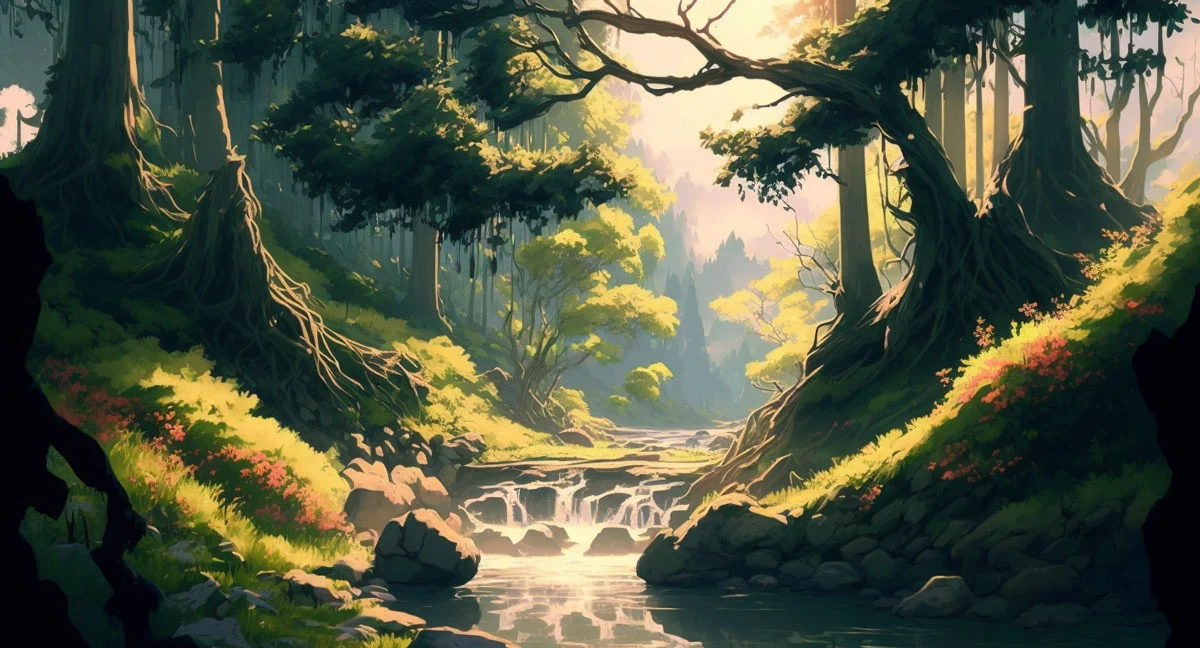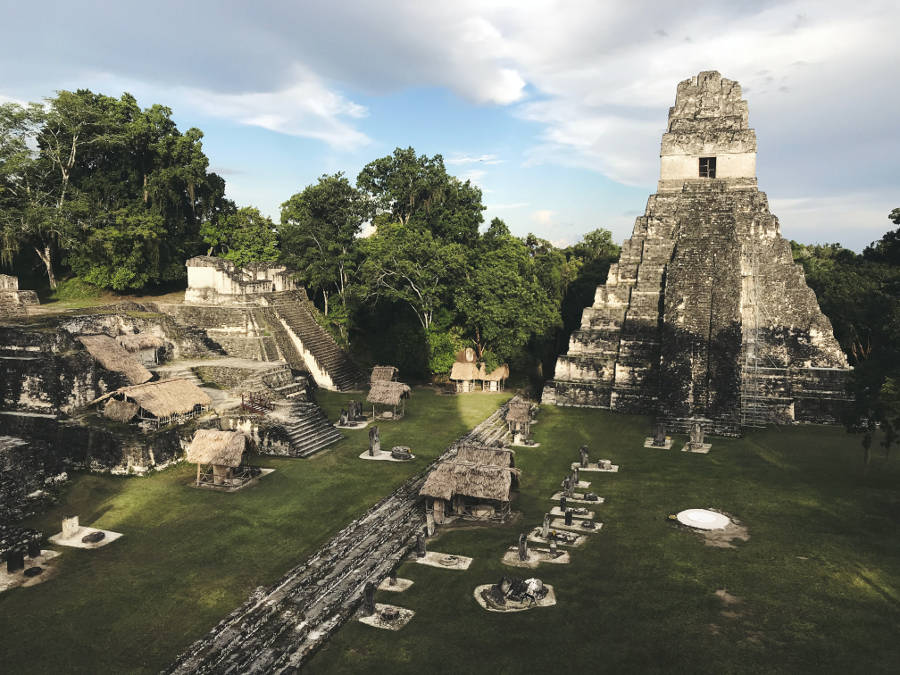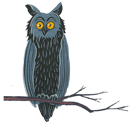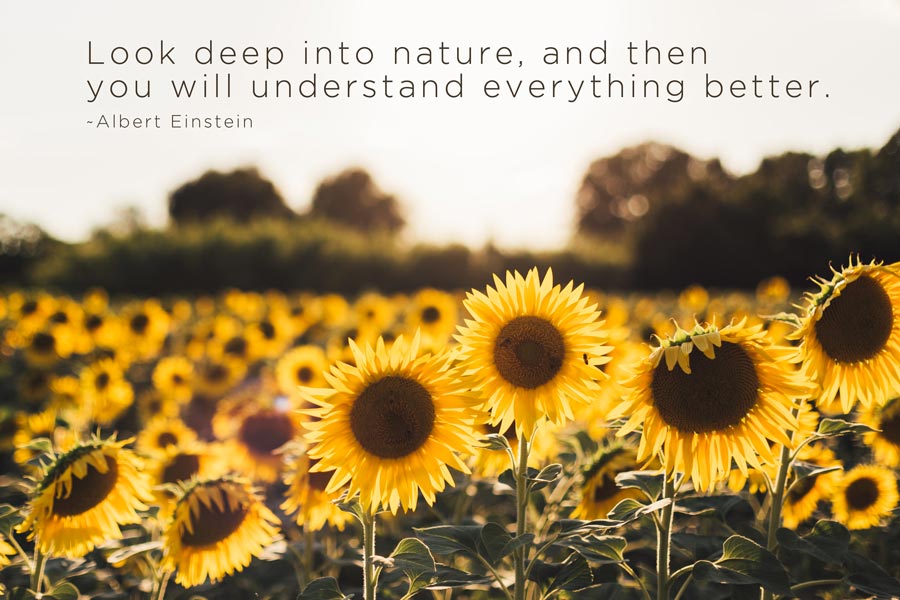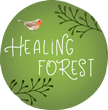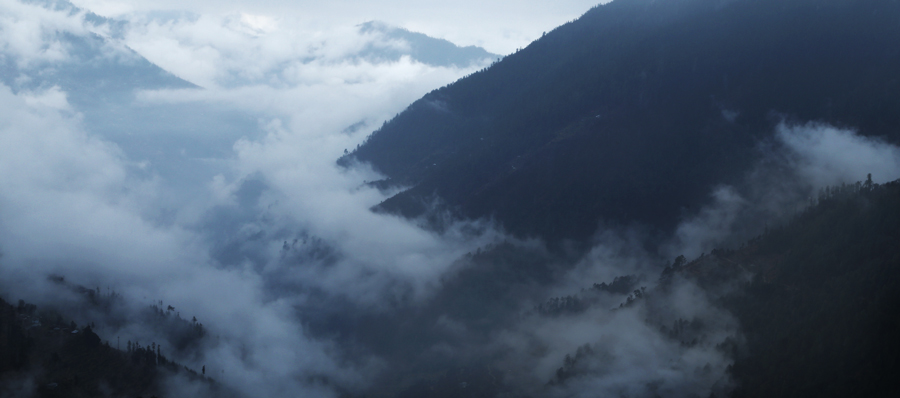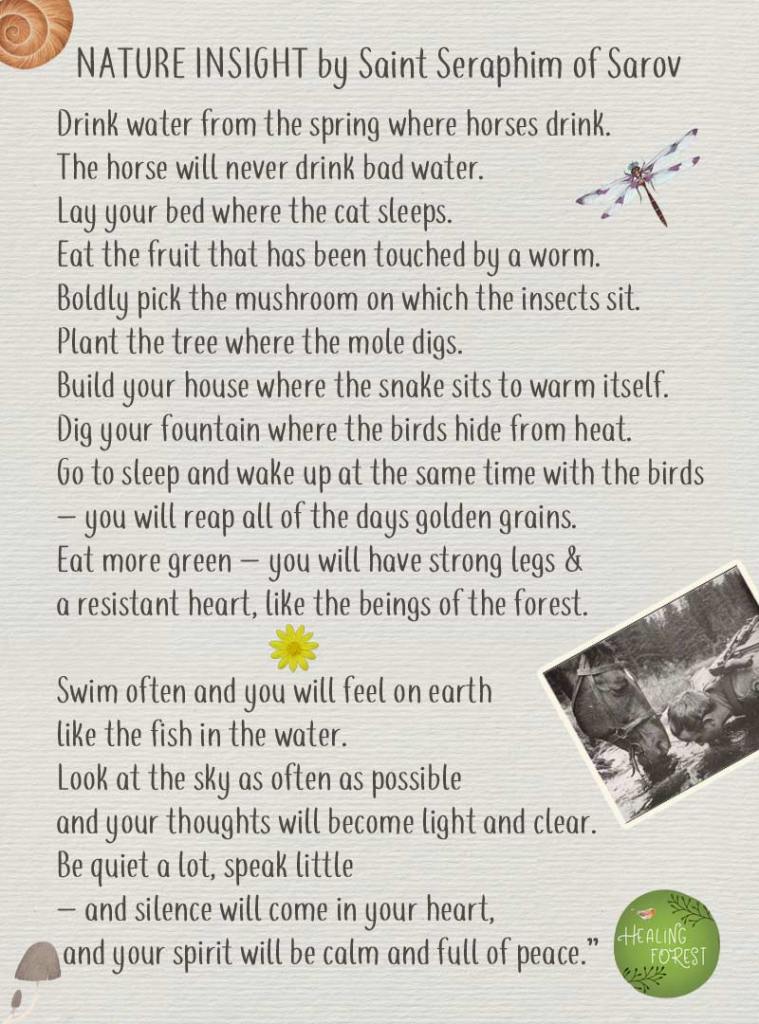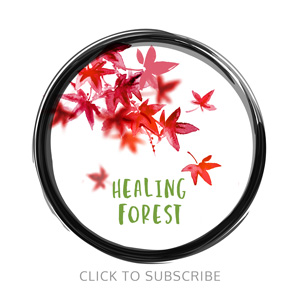How good are you at making decisions? One of life’s indispensable skills, the art of decision-making is seldom given the importance it is due. In the labyrinth of our minds, making big decisions can feel like navigating through an ocean without a map. But what if we could learn a mindful approach to decision-making, drawing inspiration from nature around us? Welcome to the world of Mind Craft – an artful blend of mindfulness practices and nature’s wisdom, guiding us towards making wiser choices in life.
In this article we share simple but effective tools for better decision making. These tools and ideas are suitable for a wide range of age-groups. The learning happens through a short mindful walk in nature, filled with creative and reflective activities. Activities that craft your mind for unraveling life’s complexities, helping you find answers to difficult questions.

This article is part of our collection of amazing nature walks to learn life’s most useful skills. See the full list here: 12 Uplifting Walks
Mind Craft: Sense and Sensibility
FOCUS WALK:
Take a slow walk through a serene space in your city. Let go of the clamour of the outside world and tune into the symphony of nature surrounding you. Choose any one sense to immerse yourself in – perhaps the delicate fragrance of wildflowers carried by a gentle breeze or the soothing melody of birdsong echoing through the woods.
By honing in on a single sense, you invite a profound sense of calm into your being, anchoring your awareness in the present moment. With each mindful step, you cultivate a deep sense of focus and attention, laying the groundwork for clearer and more intentional decision-making.

PRIORITIES MANDALA:
Now that we’ve grounded ourselves in the tranquility of nature, let’s explore a powerful tool for prioritising and organizing the decisions we face. We create a nature mandala, a symbol of our mind and the world, to map out our decisions. The mandala is made up of a circle with 4 sections. Pick up objects that you find lying around to create your mandala. These objects represent all the pending decisions you need to make.
To create the mandala, sort out the ‘decision objects’ based on their urgency and importance.
- Urgent and Important
- Not urgent but important
- Urgent but not important
- Not urgent and not important
By assigning our decisions to different corners of the mandala, discerning which ones demand immediate attention and which can wait, we are able to declutter our mind. It frees up a lot of energy so that we can focus on things which are most important.

Mind Craft: Roots and Branches
DECISION TREE:
Let’s delve deeper into the art of decision-making by creating a decision tree, a visual representation of the choices before us and the values that guide our path. Select any one of the tasks or problems you’ve identified in the previous activity to work on.
On a piece of paper draw a tree, starting with the roots. Each of the roots represent values that are important to you – love, health, money, time, and whatever else holds the greatest significance in your life. Label the roots with your core values. These roots anchor your decision-making process, grounding it in what truly matters to you.
As the branches extend outward, each represents a potential path or alternative course of action. Take the time to evaluate each branch, considering how it aligns with your core values. The mind craft of being able to visualise different choices and their possible outcomes is a remarkable tool for making important decisions. Just as a tree grows and flourishes with careful attention, nurturing, and pruning, so too can our decisions flourish when rooted in mindfulness and guided by our deepest values.

FUTURE VISION:
The next mind craft is the ability to look into the future. To be able to see the impact of your choices in the short, medium and long window of time. To train your mind, resume your gentle, mindful nature walk.
Notice five intriguing details in your immediate vicinity – the delicate intricacies of a flower petal, the rhythmic rustle of leaves in the breeze, the playful dance of sunlight on the forest floor. Then, shift your gaze to the horizon and identify five sights in the distance – the majestic silhouette of a mountain range, the meandering path of a winding river, the boundless expanse of the sky above. Finally, attune your awareness to the unseen but felt presence of five things beyond the scope of your vision – the subtle pulse of life coursing through the earth, the timeless rhythm of the seasons unfolding, the interconnected web of existence enveloping us all.
In this moment of quiet contemplation, consider the impact of your decisions and choices across different timeframes – the short-term, medium-term, and long-term consequences. You can take time to imagine how your choice may pan out 5weeks, 5 months and 5 years from now. Would you like to change or modify your choice based on the consequences you can imagine? By considering the long-range consequences, we gain clarity to make wiser choices, shaping our path with mindful intention.

Mind Craft: Past, Present, Future
PERSPECTIVES LETTER:
As your mindful walk draws to a close, find a serene spot in nature to engage in a reflective exercise – writing a letter from our future selves to our present selves. This practice holds profound significance as it allows us to gain perspective from a detached vantage point. Often, it’s easier for us to offer advice to others than to ourselves, but by envisioning our future selves as wise mentors, we can tap into fresh insights.
From this distant viewpoint, we can unravel the knots of confusion that may cloud our minds, offering clarity and guidance to navigate life’s complexities with renewed wisdom and insight. So, write a letter to yourself and pen these words of counsel with compassion and empathy, bridging the gap between past, present, and future selves.

GRATITUDE CIRCLE:
If you are in a group, you can end the mind craft walk by sharing any insights or breakthroughs you might have had. Reflect on how your decisions are shaping not only your immediate reality but also influencing the unfolding tapestry of our world. As a group take a few minutes to stand in silence and gratitude for yourself, for each other and for nature.
The ability to connect with nature in a mindful way helps us access our subconscious as well as creative sides. These mind craft activities give us essential skills to refine our decision-making abilities so that we can navigate the forest of existence with grace and clarity.
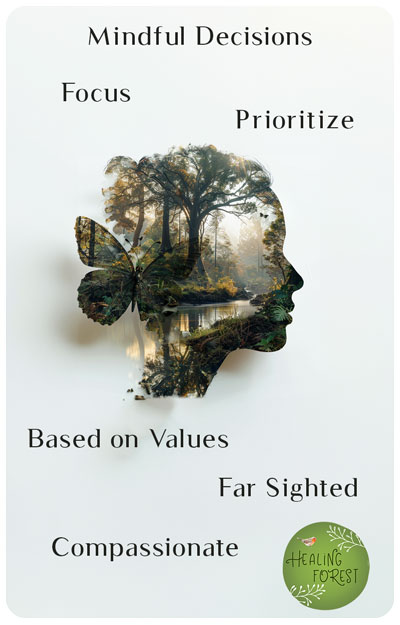
Every month we share uplifting new ideas from nature. You can join our free monthly newsletter to see older posts and get the latest one.
Also, try our collection of best nature activities from around the world to create remarkable changes in your life.
>> Nature Calm
REQUEST: Can you please share this post, so it reaches where it’s needed.
